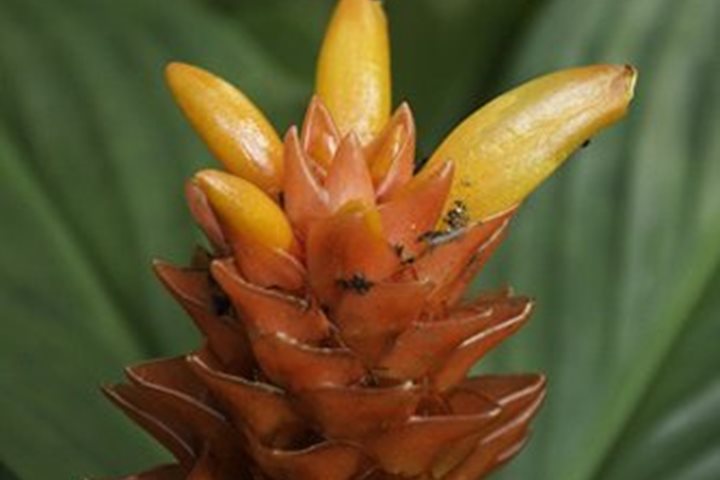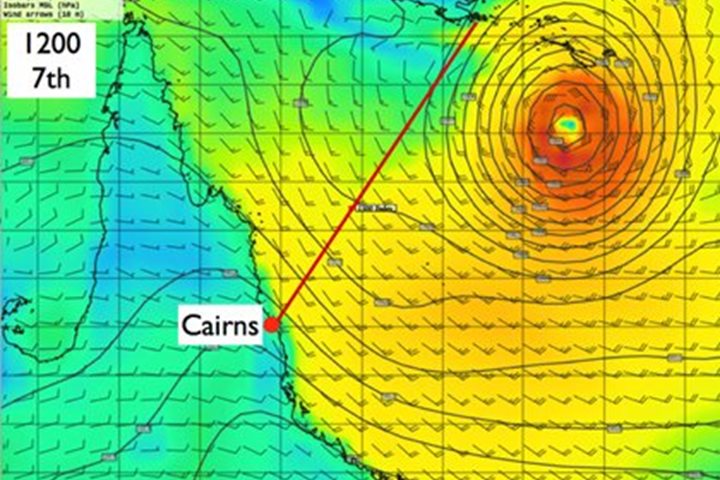We spent a delightful morning on and around the tiny speck of land known locally as Kasolo Island, although the rest of the world knows it as Kennedy Island. It gets the Anglicized moniker from the fact that this was where Lt. John F. Kennedy first landed with the survivors of his boat PT-109, after it was destroyed in the early morning hours of August 2nd, 1943. Kennedy’s vessel had taken part in a failed military operation the previous night, in which a squadron of U.S. PT boats tried to intercept five Japanese destroyers on their way from Bougainville Island to Point Vila, an important Japanese base on the southern tip of Kolombangara Island. Most of the PT boats involved in this mission immediately returned to their base after their fruitless attack against the Japanese destroyers, but Kennedy did not and was still in Ferguson Passage when his boat was run down by the Japanese destroyer AMAGIRI in the dark of night. PT-109 was cut in half, but amazingly 11 of the crew of 13 survived and swam to nearby Kasolo Island. After a couple days or so, they moved about 4.5 km (three miles) to a larger, more hospitable island named Olasana, which had coconut trees and drinkable water. The survivors of PT-109 were eventually rescued from Olasana with the help of local Solomon Islanders, and Kennedy went on to bigger and better things.
Kennedy (Kasolo) Island, which measures about 100 meters (300 yards) in length, is within sight of the town of Gizo on Kolombangara Island, and is the provincial capital of Solomon Islands’ Western Province. The lush, green Kennedy Island is isolated from the surrounding larger islands by relatively deep water, but sits atop a broad, shallow reef flat (Figure A). This made the approach and landing a little tricky as the tide dropped. It didn’t take us long to explore this beautiful, interesting, and historic islet, so we were left with plenty of time before lunch to experience the underwater world Kennedy Island has to offer, especially along the wonderful and lively vertical zone of the steep drop off. Most of us went snorkeling and SCUBA diving, but others opted to enjoy the marine ecosystem aboard the glass bottom Zodiac (Figure B). We were happy to observe a lot more fishes than we have seen elsewhere on this expedition, as well as a much higher degree of species diversity. The afternoon was spent sailing northward, leaving the Solomon Islands and continuing our journey towards Papua New Guinea.







